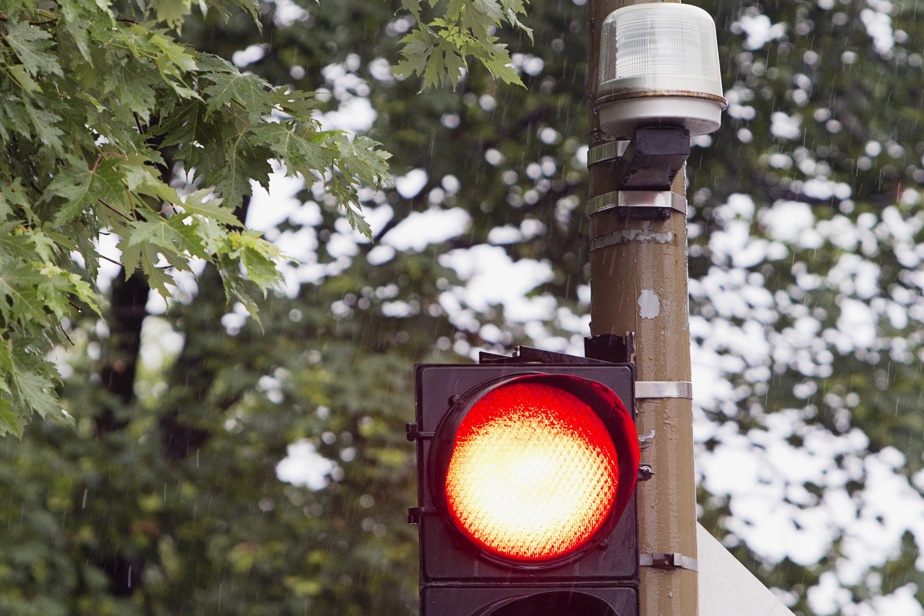Pedestrian crossings already existed more than 2000 years ago, as evidenced by the ruins of Pompeii.
The first gas-powered traffic lights appeared in England in the 19th century.e century. It was in 1914, in the United States, that the first electrically operated traffic lights appeared. These are two-tone with already the colors red and green to prohibit or authorize passage. Surprisingly, these lights were audible, not to allow blind or visually impaired people to cross the street safely, but rather to alert motorists still unaccustomed to the new light signaling. Since then, many changes in design and road signs have taken place, which now focus more on securing pedestrians.
Increasingly, pedestrian lights allow pedestrians to begin crossing the street before drivers of vehicles receive a green signal, helping to accentuate pedestrian visibility while reinforcing their priority over motorists. This traffic strategy therefore makes it possible to better control the behavior of motorists in the face of pedestrians. Although it is more advantageous for older pedestrians or pedestrians with reduced mobility, it can nevertheless be confusing and create ambiguity for visually impaired pedestrians due to the absence of an audible cue to cross at the same time as sighted pedestrians. .
Available for many years, but still too little integrated into pedestrian amenities, audible beacons are devices that communicate information about the timing of pedestrian signals in non-visual formats. Numerous studies claim that these lights undeniably improve crossing for blind pedestrians, and they have also shown that sighted pedestrians also begin to cross the street more quickly. Other research has found that the information conveyed by audible signals increases the attention of all road users and can help reduce pedestrian-vehicle conflicts and collisions at intersections.
Currently, Quebec’s road sign standards in terms of sound signals do not respect the basics of universal accessibility and also neglect the principles of inclusion that promote the development of barrier-free routes for all.
However, the government’s policy A Partecule advocates an inclusive approach, which involves providing, from the design stage, an environment that takes into account the needs of the entire population, including people with disabilities. According to this approach, it is not up to individuals to adapt to environments that are not designed for them, but rather up to society to take into account the diversity of its citizens.
Given that more and more crossings at many intersections are equipped with a light signal for some and sometimes an audible signal for others, would it not be appropriate to establish pedestrian signals which, both in both in its design and in its meaning, is unequivocal for all road users?
Whether it is a traffic light, a pedestrian light or an audible signal, road signs are an essential communication tool with all road users. It must be designed and installed in such a way as to help users throughout their journey by preventing them from hesitating and making incorrect maneuvers.
Signage must enable users to anticipate dangers and serve as a guide by indicating the route to follow.
Several municipalities have committed to making public places and spaces universally accessible and some have even expressed a desire to assume leadership in terms of pedestrian safety. However, despite their legal obligations and Quebec government guidelines, none of them has, to our knowledge, an action plan for securing crossings for blind pedestrians.
At the end of the public consultation “Crossing the streets: universal accessibility measures and active mobility”, will the City of Montreal dare to equip itself with integrated pedestrian signaling that would allow all pedestrians to inform by choosing their method of signaling to ensure safe crossing? With such an innovative and daring signage strategy, an elderly person or person with reduced mobility could obtain an extended numerical countdown, a blind person, choose an audible signal, or an illiterate person, identify street names by voice message. Montréal would be distinguished by this global and integrated approach to accessibility, offering signage and pedestrian facilities that are safer, but above all more accessible for everyone.
